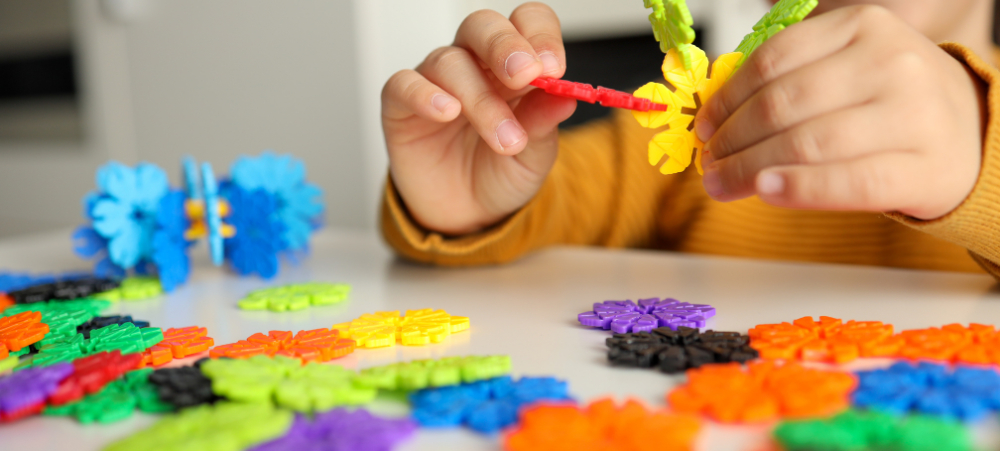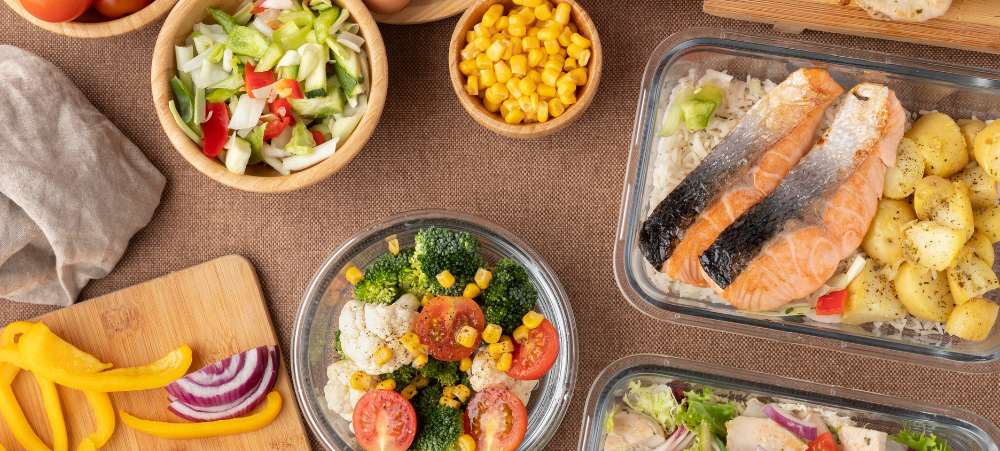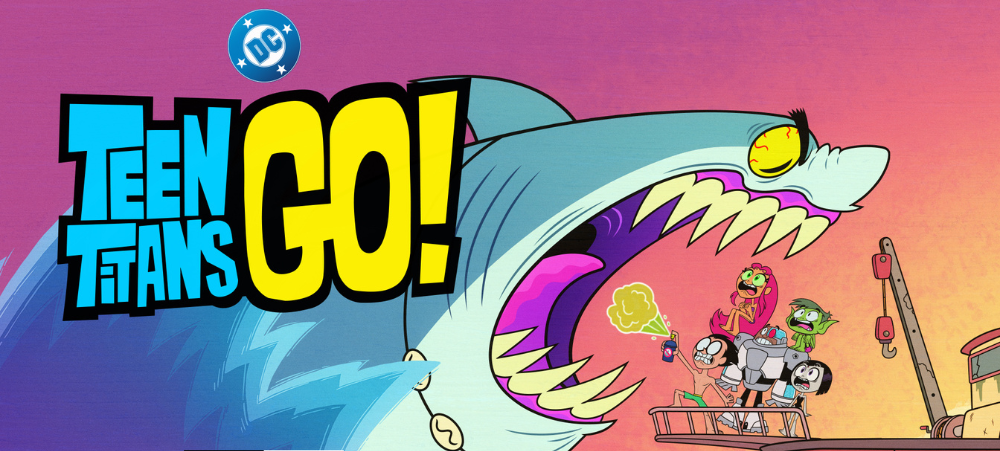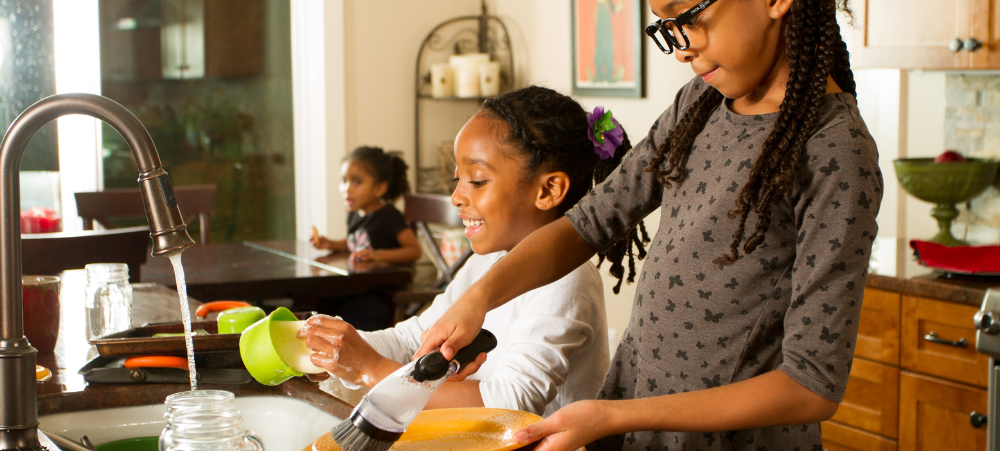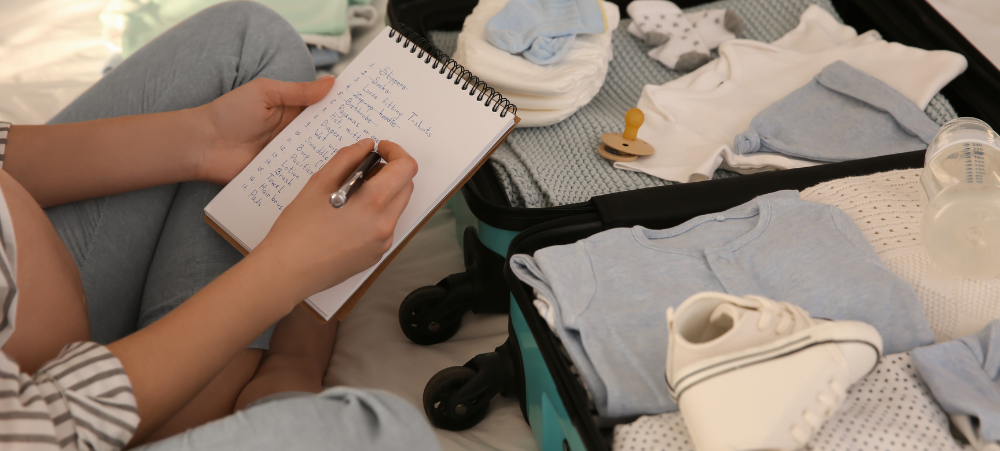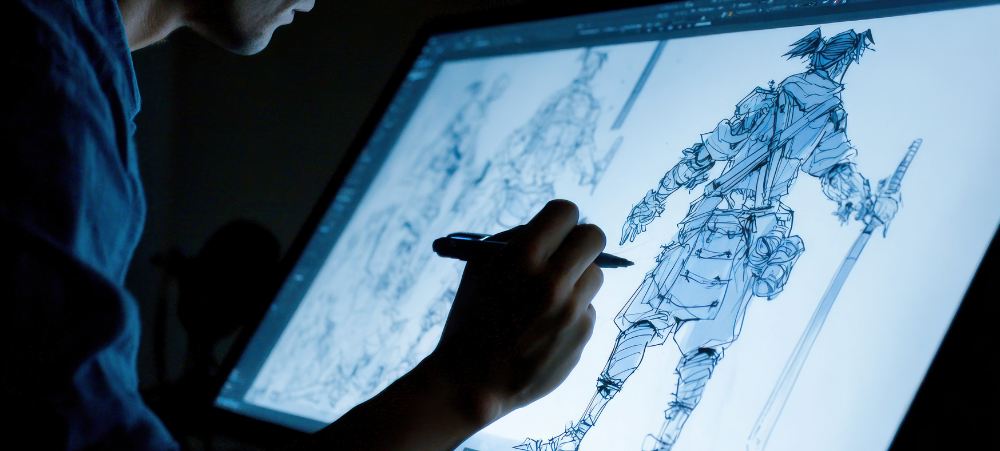
iNGENiO Digital Art to develop future fluency in Gen Alpha kids
In a world progressing faster than parents can keep up, worry for our children and their relationship with tech is at an all-time high. Not wanting kids to be left behind in the digital world, access to screens starts at a younger and younger age. But with so much of their focus being sucked into mindless scrolling, how much benefit are kids getting from being online? In an increasingly competitive future-work environment, studies are showing that what will set a person apart is their ability to be creative – no matter the field. But how do kids develop creativity when their tech is doing so much of it for them? When they are spending too much time consuming content instead of creating it? Enter iNGENiO. Imagined, designed, and launched in South Africa, iNGENiO is reimagining art education for the next generation. iNGENiO is a digital art curriculum for children aged 5-15 that combines art, technology, and emotional intelligence in a way no one else does—giving home-schoolers, parents, after-school programs as well as schools a ready-to-use digital art curriculum that’s both beautifully creative and deeply developmental. At its heart, iNGENiO helps children become creators, not just consumers. “We’re not just teaching kids to draw. We’re teaching them to think, to express, to lead—and to believe that their voice matters.” Explains Meg Massingham, iNGENiO Co-Founder and Curriculum Director. “This is a digital arts platform that seamlessly blends art, technology, and social-emotional learning to raise creative, competent, and confident Gen Alpha kids!” iNGENiO offers a range of fully plug-and-play modules and resources designed to teach digital art skills while promoting creativity, problem-solving, and artistic expression in a Safe Tech Environment. Tailored for both individual learners and schools, the platform complements traditional art education and aligns with educational curriculums, emphasizing STEAM (Science, Technology, Engineering, ARTS, and Mathematics) to help students develop both technical and creative abilities. “Creativity is a skill, not a mystery. And with iNGENiO, every child can grow it.” Says Massingham. “This isn’t mindless screen time—it’s art plus tech plus heart. And that changes everything.” In addition to fostering artistic growth, iNGENiO integrates socio-emotional learning and digital citizenship into its offerings, preparing students to thrive in a connected, digital world. This platform was built by artists, psychologists, educators and tech experts to maximise benefit to children, while providing a ready-made offering for parents and teachers that requires no prep or specialist training. Why does this matter now? The world our children are growing up in is digital, visual, fast-changing—and often emotionally overwhelming. Schools, teachers and parents are under pressure to keep up, rarely with enough resources to do so. iNGENiO equips children with the tools to: This isn’t about ‘screen time’—it’s about future fluency. It’s about turning devices into tools of imagination and emotional growth. What Makes iNGENiO Different Sun Valley Primary School in Cape Town adopted iNGENiO in 2022. Within a year, two students placed in the Top 3 of a national art competition,and the teacher who had never taught digital art is now confidently leading creative projects with her class.Schools report higher engagement, better confidence, and more meaningful tech use. Who iNGENiO Helps iNGENiO is committed to growing their presence by partnering with schools, participating in key education events, and leveraging their networks to collaborate and partner with link-minded individuals and companies. For more information, visit https://ingenioeducation.com

